Finish your emails, set your out of office. Quickly flick off a fee proposal and remember to get back to Jamie about that competition entry you can’t submit. Apologise to a client because you didn’t quite finish a sketch design. Don’t forget to send those two invoices. It does not feel real.
Important: Tell everybody that you’re still available over email, and will definitely, absolutely be checking it frequently. Let your students know they only have two weeks left, and that it’s very important that they send you their final draft sketches before end of semester pin-up so that you can give them feedback. Say goodbye to the family and settle into 30 hours of not quite knowing what time or day it is, and if you should have been sleeping or trying to stay awake. Pay €10 for wifi just to listen to Richmond lose by one point to Essendon. Sad, but it still doesn’t really feel real.
Arrive. Taxi to the hotel. Walk to Dinner. It’s 8:30pm in Helsinki and still very light. The soft poplars scattering the landscape on the drive into town contrast with the heavy masonry, brick, stone and render. There’s a lot of red, there’s a lot of copper. It still doesn’t really feel real.
Morning: coffee, Instagram. What is a reel? Lucky there’s a social media manager. Reminder – you’re writing the blog today and we’re seeing… 19 projects, have a practice visit and an interview…. okay. Our walking tour guide is dressed – strangely – how you would expect an architect to dress. The walk to the train station to take us to Aalto University is littered with red granite in the architecture, pavements, the roads, the sidewalk.

The Aalto University campus embraces something that may appear evident to the Australian ethos, that is the significance of designing with landscape in mind. Green stuff is pretty nice, and we’d rather look at a tree canopy while studying than into a brick wall. There are some incredible details, but I really want to know if my son went to bed okay or if he’s still being difficult. It almost feels real, but also really feels quite novel.
We have an incredible person organising the trip – so contemplating the structure of the day wasn’t a high priority. After leaving Aalto University, we head to the Kampii Chapel and then Amos Rex Art Museum, which has to be one the most arrogantly absurd interventions to a public space, and it was brilliant. It introduced a fun, playful, childish interaction with architecture that completely breaks down the intellectual anticipation of architectural critique. It was fun. The skylights were really big and you can climb them and then you can slide down them. It’s starting to feel real now, the this was not the project that I thought would get me excited.

Red granite is absolutely everywhere in Helsinki, as a honed tile, polished, rough cut, as road gravel, pavements, sidewalks, as a shading device, and it’s in the aggregate mix in the in-situ concrete. The city has a beautiful slight-pink tint that, despite the heavy material, creates a soft and welcoming streetscape complemented by trees that look like they only exist in a fourth year student render. The city is revealing, and the trip really nearly feels real.
And then we arrive at Temppeliaukio Church. Why on earth did I suggest to anybody that I’m available? Why would I be available? This is why we are here. The church smells a little like an old relatives house – damp, but not in the way masonry churches smell. It smells kind of like a public swimming pool, but the detail, the light, the atmosphere, the warmth in room of nothing but concrete, rock and copper. Quality architecture doesn’t have to be in the built quality – it’s in the qualities, the ephemeral nature of a space that doesn’t matter that it’s a bit echoey because you except it to have an echo and its walls are bedrock. How can such densely packed concrete beams feel so effortlessly light?
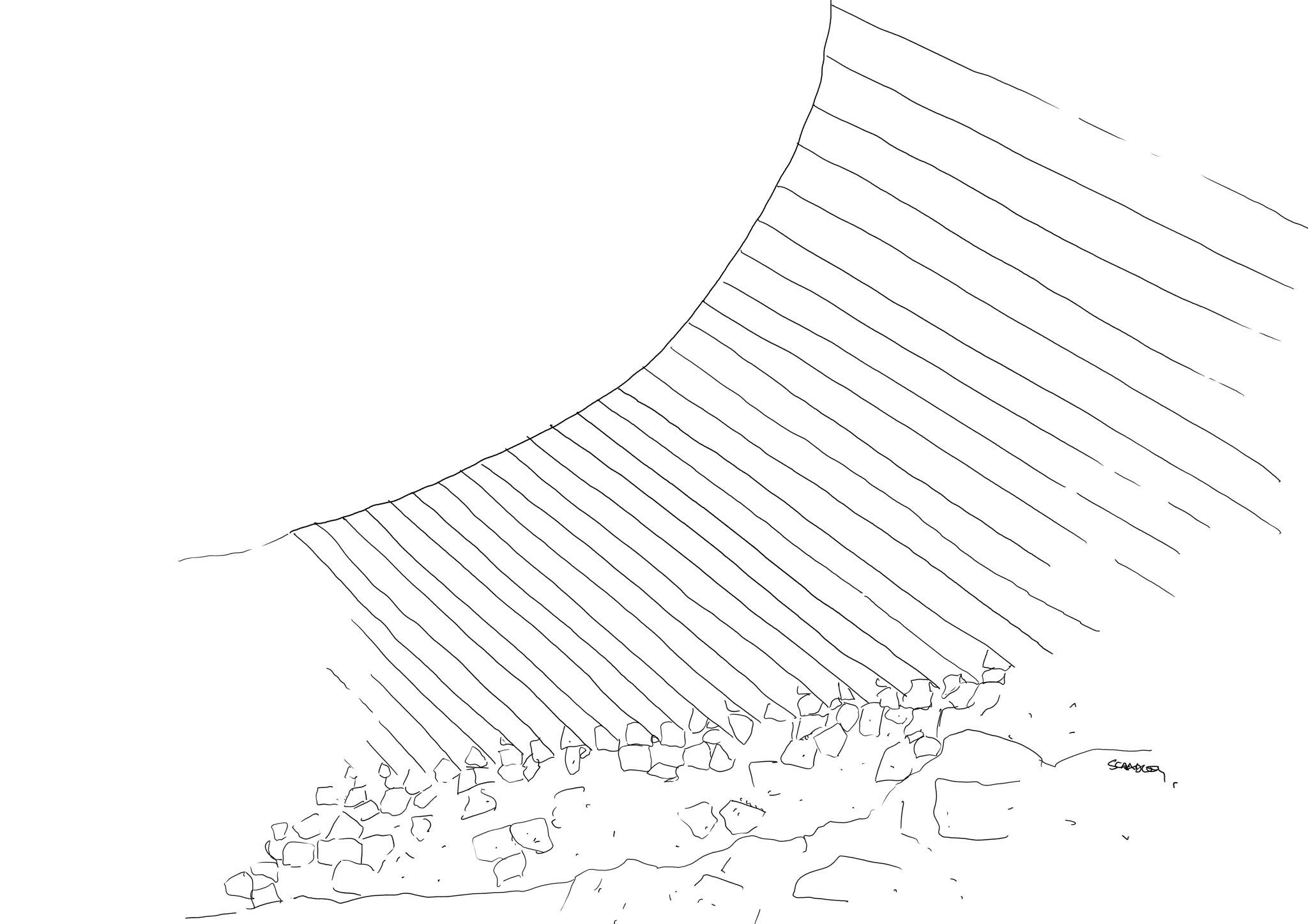
The material culture of a city that has historically relied on its local industry reveals an honest narrative of place-based architecture. Architectural movements, or periods, have happened and will continue – but what’s apparent is the rich material history and the textures it leaves behind. Red, black and white granite make up the bedrock of a city of iron-rich soils. These materials are paired with stunning copper roofs, cladding, flashings and all the boring details that architects try deeply to convince their friends and family are actually very interesting and very very important.
After a long and revealing day, we have two things left. A practice visit and a project visit. The practice visit is to Juhani Pallasmaa, and he’s very welcoming. An incredible catalogue of written work, and in categories or areas that are particularly interesting to my understanding of architecture. Until I saw an image of “Australian Aborigines” standing on an emu nest in a book pertaining to the significance of Animal Architecture. Juhani mentions living with the Sámi for eight years prior to the design of the Sámi Museum. Juhani also talks of – from my interpretation or understanding of his words – the importance of Connecting with Country. Juhani then talks of the irrelevance of intellectual property, when true intellectual property can only be understood by the individual, and that any attempt to imitate will be poor. I asked him about his time with the Sámi, and whether their particular cultural or indigenous knowledge helped in the design of the Sámi Museum.
No, not really, he said. Nothing in particular.
Alright. I shouldn’t have waited until the end of the conversation to ask these questions. Anyway, it was time go to the sauna (pronounced sow-na).
70 Degrees was too hot, and the water was ice cold, and then 70 degrees didn’t really seem that hot, and then some how the water wasn’t ice cold anymore… and we’re all a little bit delirious… and maybe there’s really something to this sauna culture. And before I really had time to think or reflect on the day, it felt incredibly real, and I am so fortunate to be here.
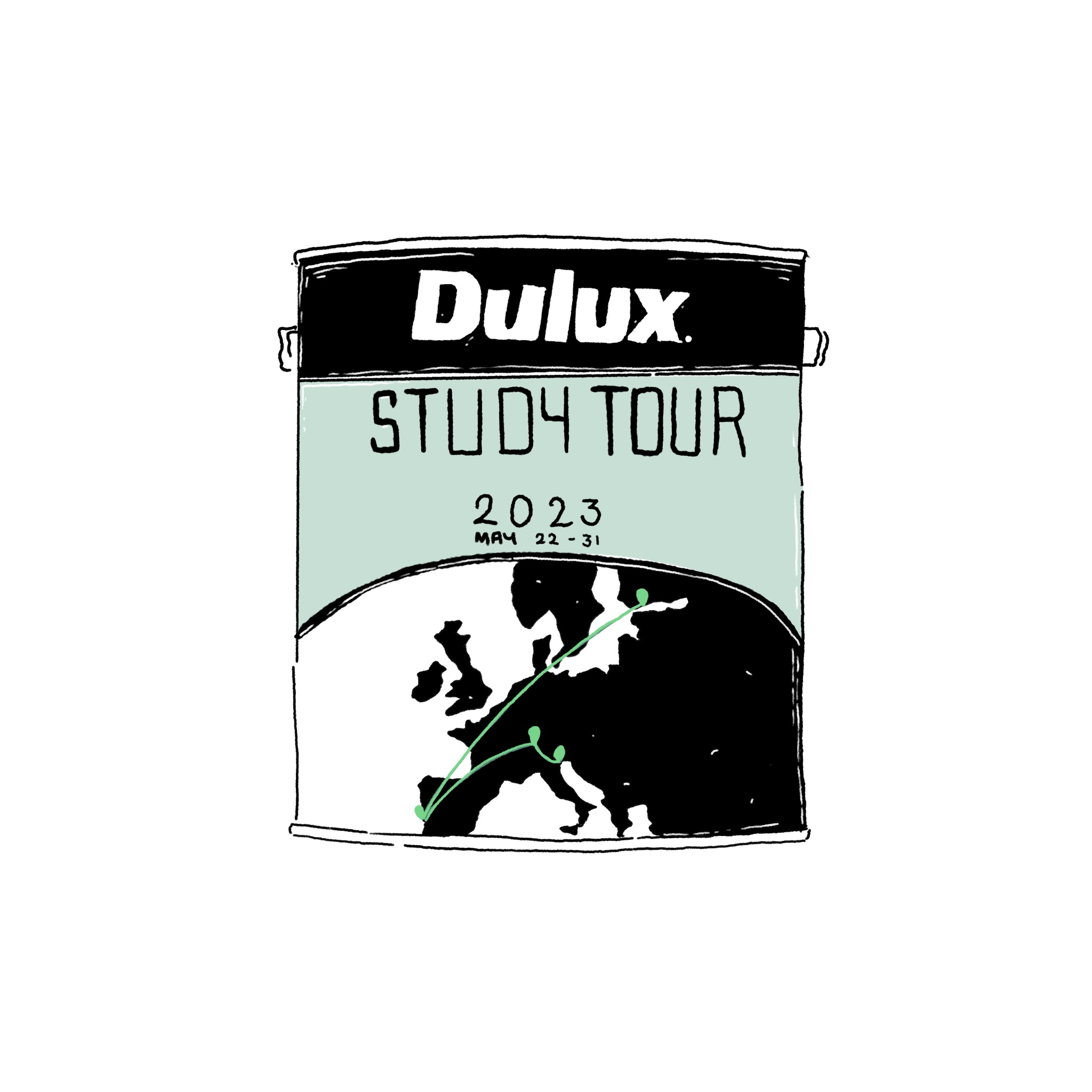
– Bradley Kerr, Quandamooka, Winsor Kerr
Read more of the 2023 Dulux Study Tour Blog
Dulux Study Tour participants are invited to share their experiences in blog and editorial content as part of the program. Opinions expressed are those of the authors and not necessarily the Australian Institute of Architects. The Institute encourages a space for conversation and continued dialogue so there can be meaningful change and progress across the built environment and our wider community.
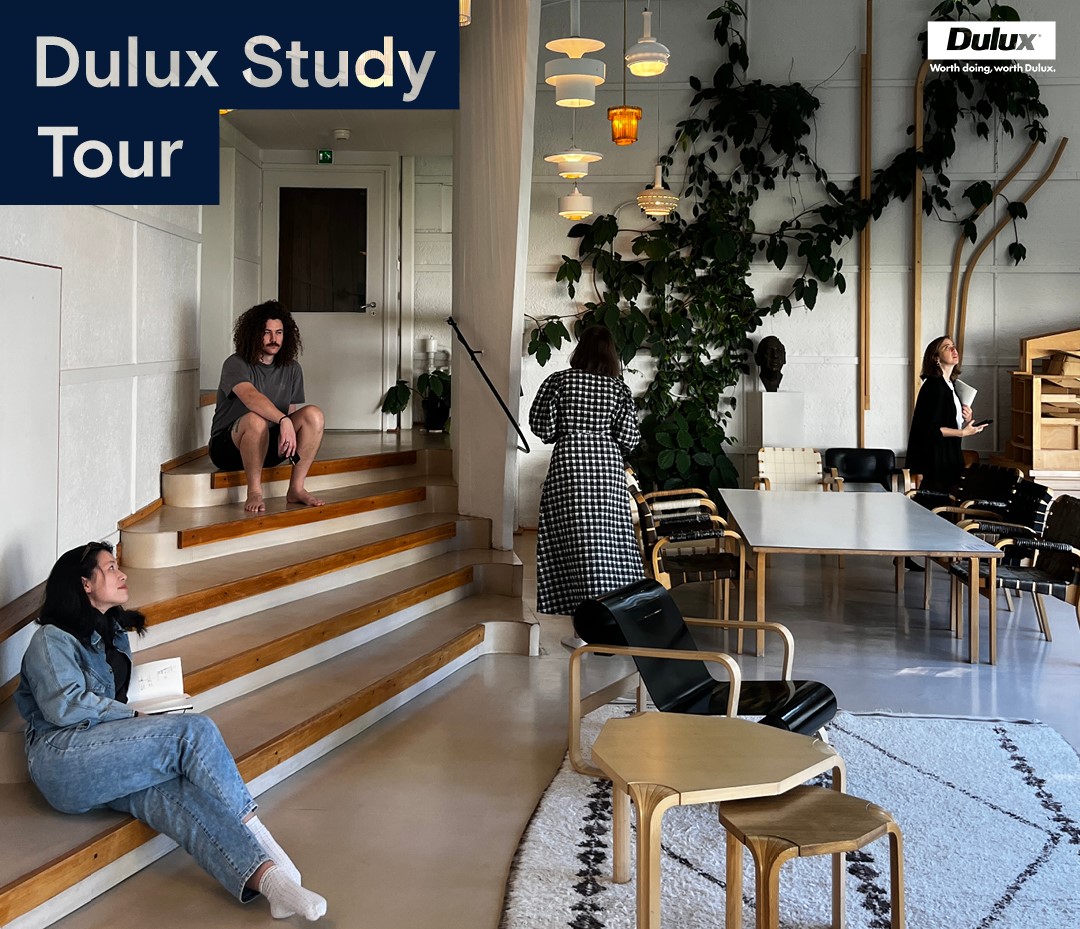
2024 Dulux Study Tour – Shortlist Announced
30 emerging architects have been shortlisted for the 2024 Institute’s Dulux Study Tour. Five individuals will be selected for their contributions to architectural practice, education, design excellence and community involvement.

101 Lessons We Learned on the 2023 Dulux Study Tour
It’s been an incredible ten days, filled with visits to more than 50 buildings and meeting with approximately 20 architects across several cities: Helsinki, Lisbon, Vals/Zurich, and Venice. On our
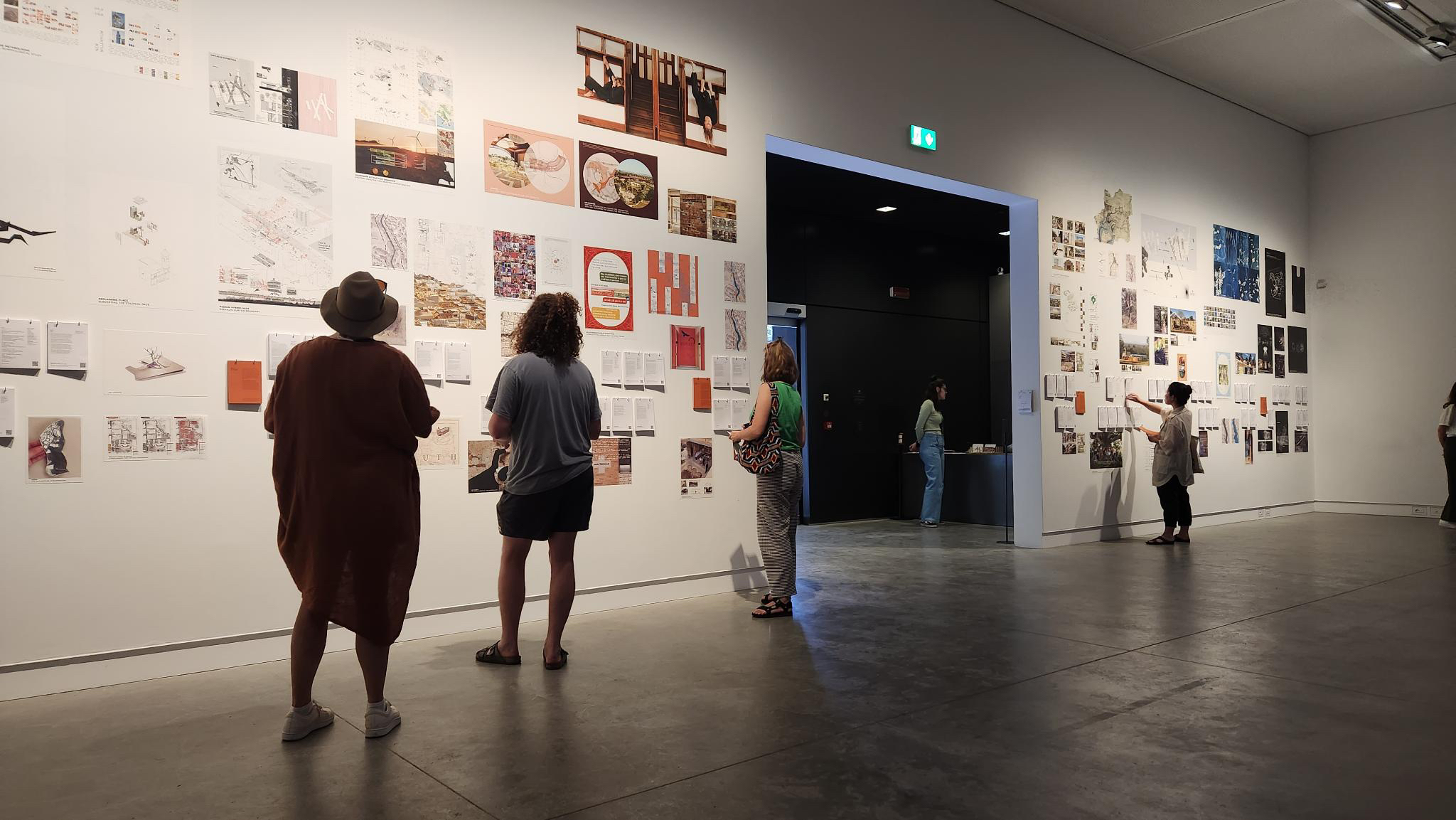
2023 Dulux Study Tour, day 9 – Venice, four spritzes and a yarn
This year’s Venice Architecture Biennale is titled “The Laboratory of the Future” and, as set out by Biennale curator Lesley Lokko, “architects have a unique opportunity to put forward ambitious
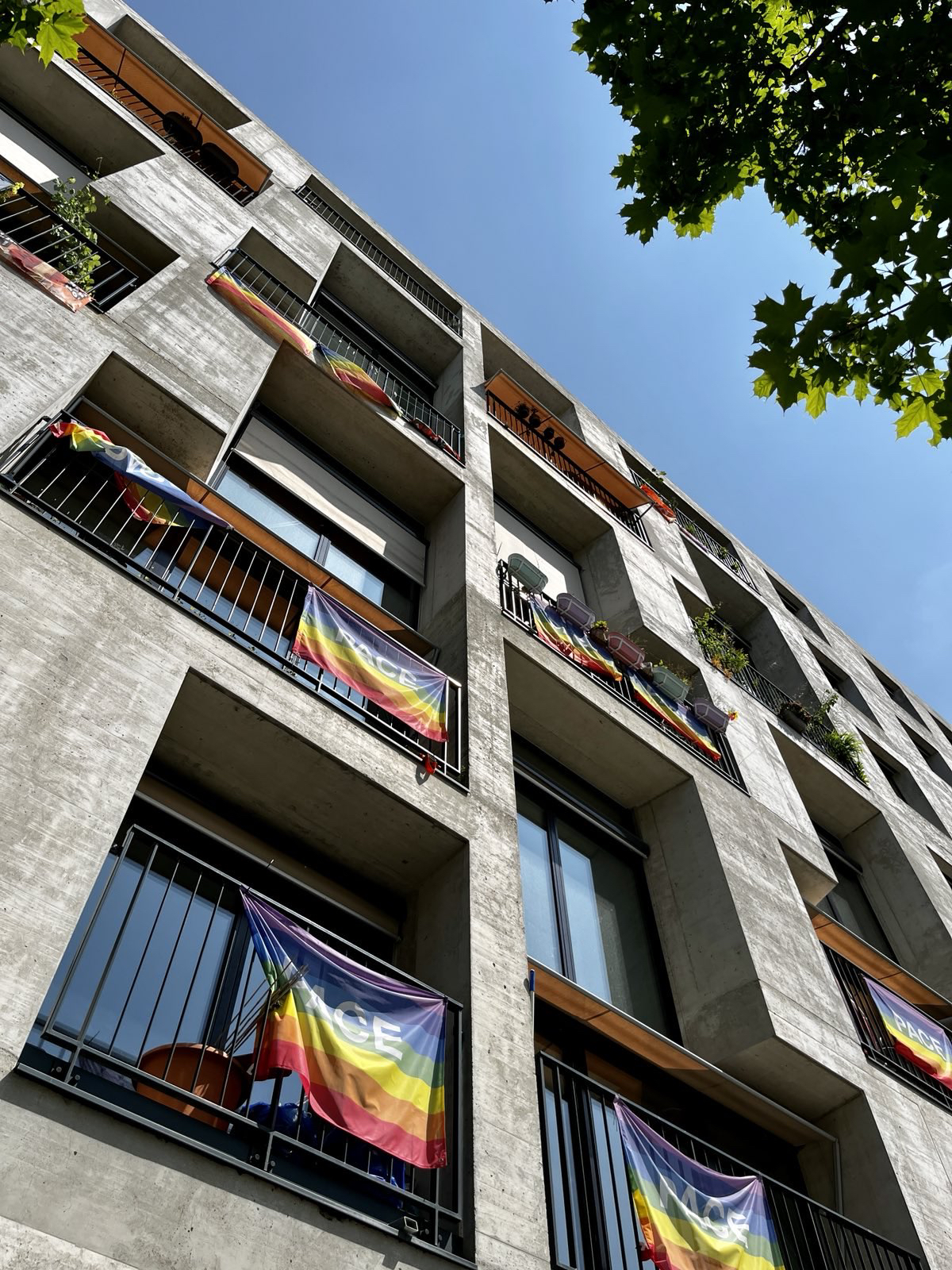
2023 Dulux Study Tour, day 8 – Zurich: A full cup
It’s midnight in Vals – a quintessential Swiss mountain village – and you’re floating in a warm pool, looking up at the night sky, in a silent night-time bathing experience.
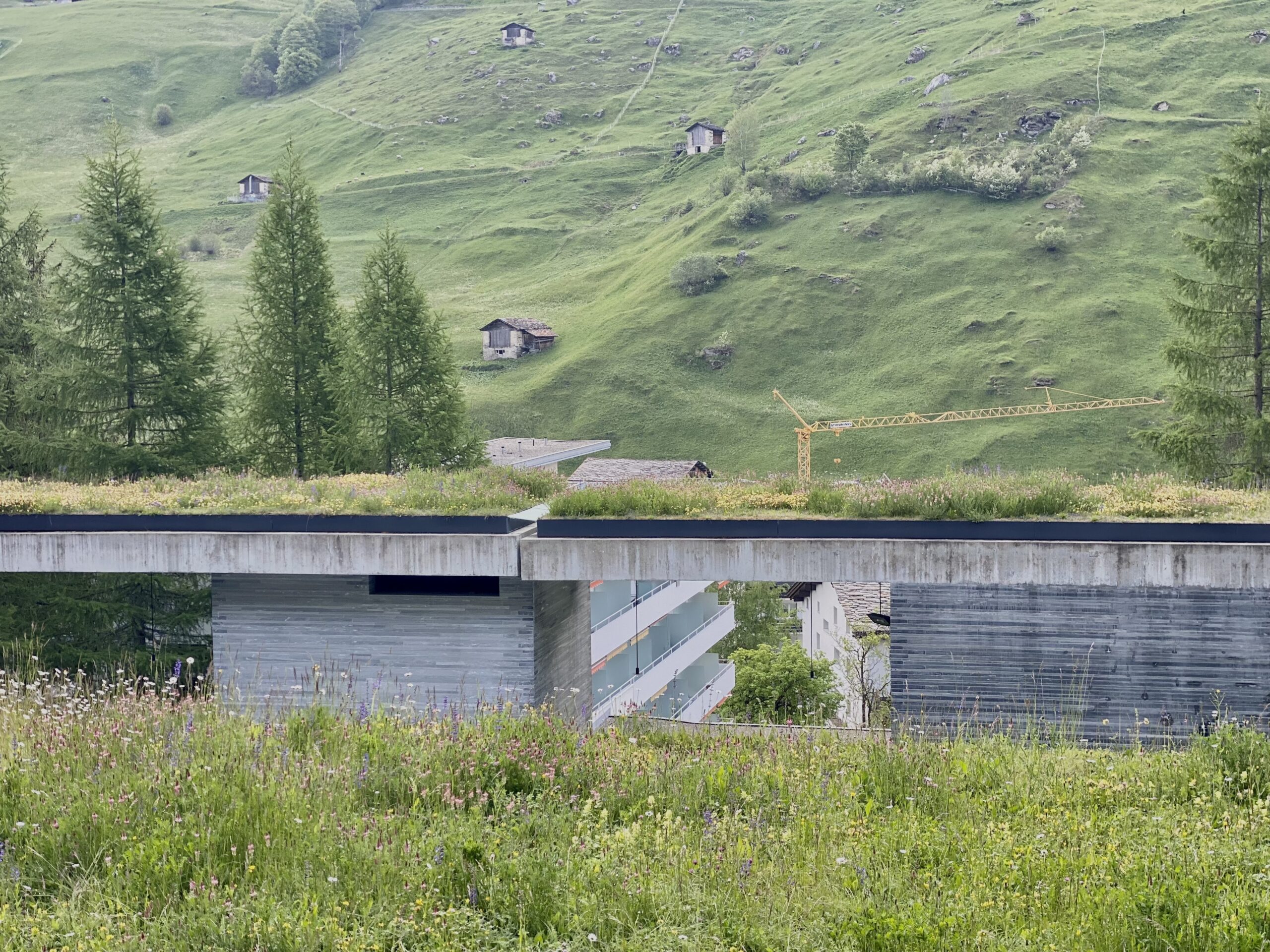
2023 Dulux Study Tour, Day 7 – Vals: Venerating Peter Zumthor
I remember feeling vividly – Holy shit, I won a place on this tour. I don’t know that I’ve earned this, but I’m going to embrace it. The Institute invited
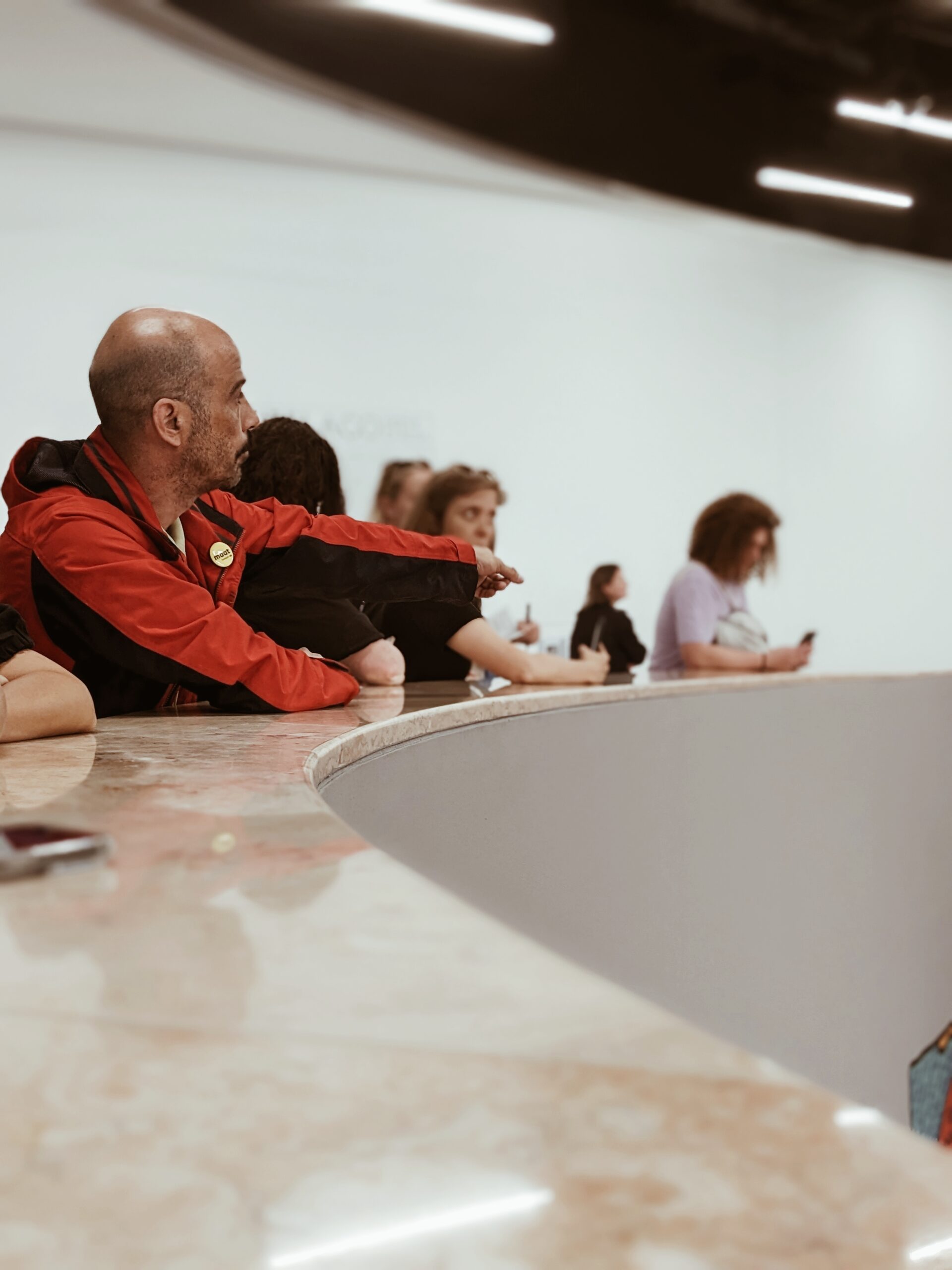
2023 Dulux Study Tour, Day 6: Lisbon’s ‘foreign object’
I was pretty sure I won’t like the Museum of Art, Architecture and Technology (MAAT) by Amanda Levete Architects, but am trying to be open minded. A big conceptual gesture
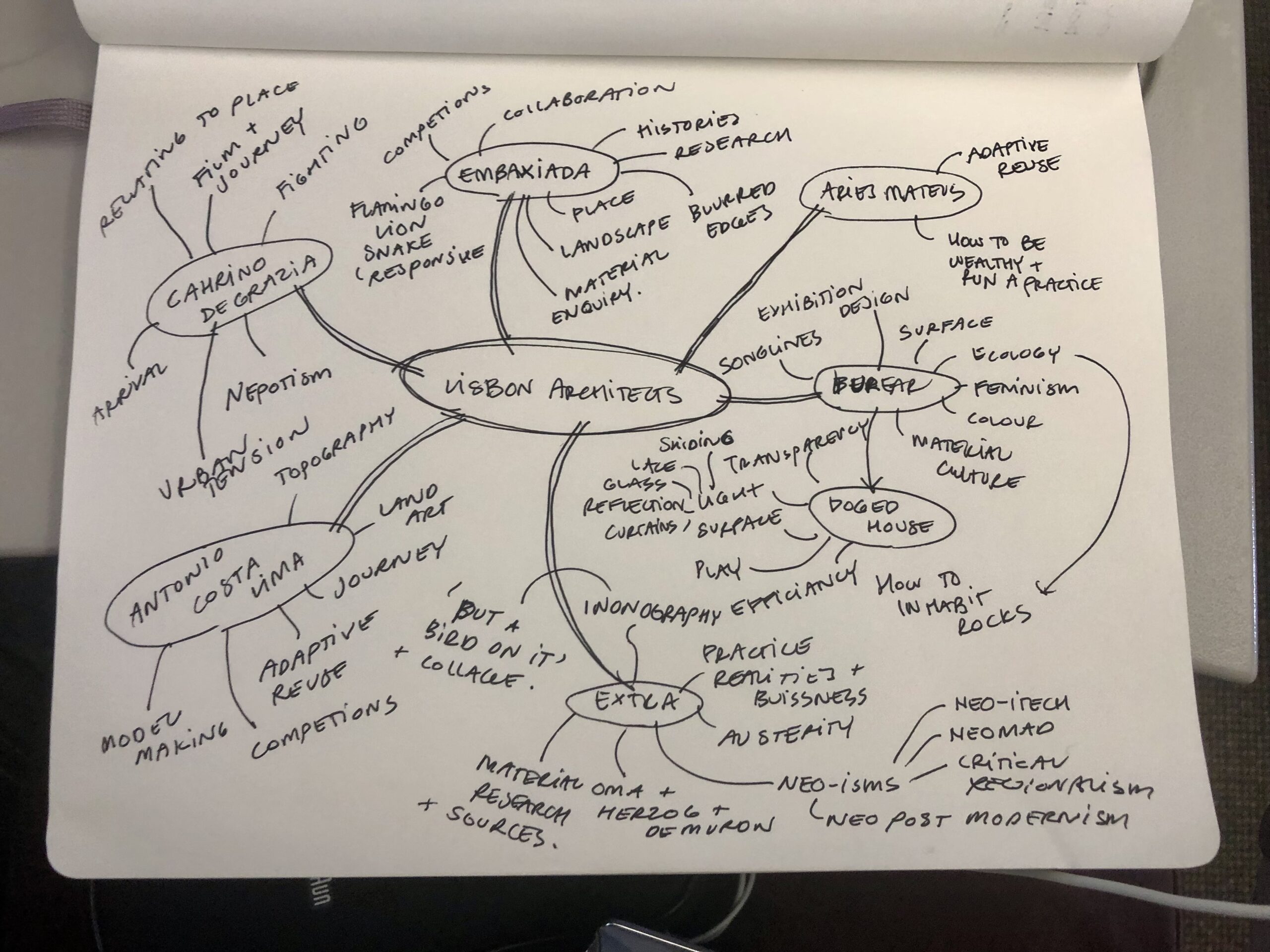
2023 Dulux Study Tour, Day 5 – Lisbon: Beyond the fresco
I’ve just spent the last hour and three watery coffees drawing out mind map in an attempt to untangle the many threads of thought covered yesterday. We ping-ponged across Lisbon
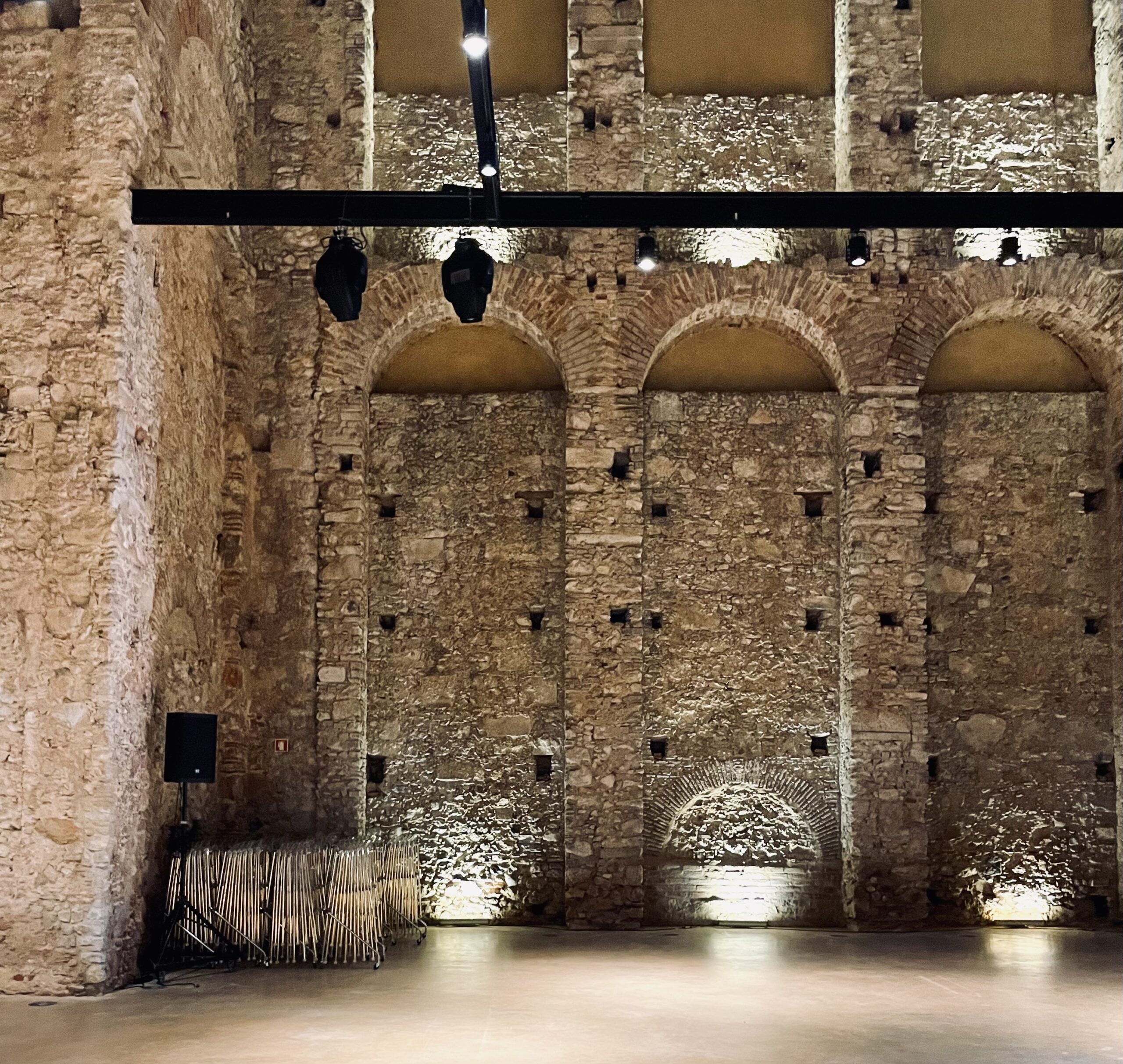
2023 Dulux Study Tour, day 4 – Lisbon: Urban Alchemy
Lisbon is a living museum – a city that reveals a rich tapestry of historical and political aspirations through its architecture. Layers of time coexist in the stratum of the
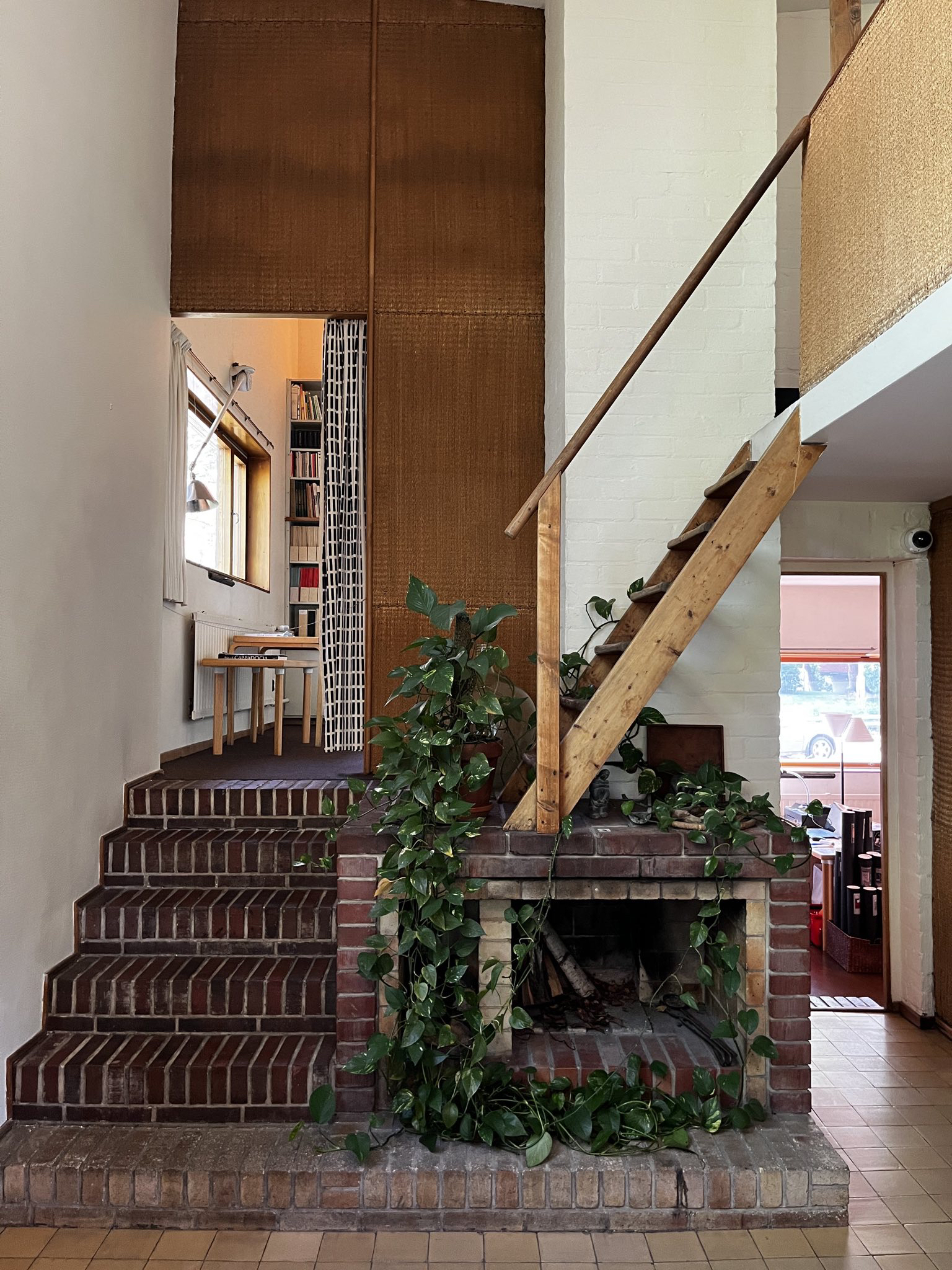
2023 Dulux Study Tour, day 3 – Helsinki: “Between humanism and materialism”
I’ve always thought that people who cried at architecture took their job way too seriously… but I must confess I had a little moment standing in the Aalto House today.
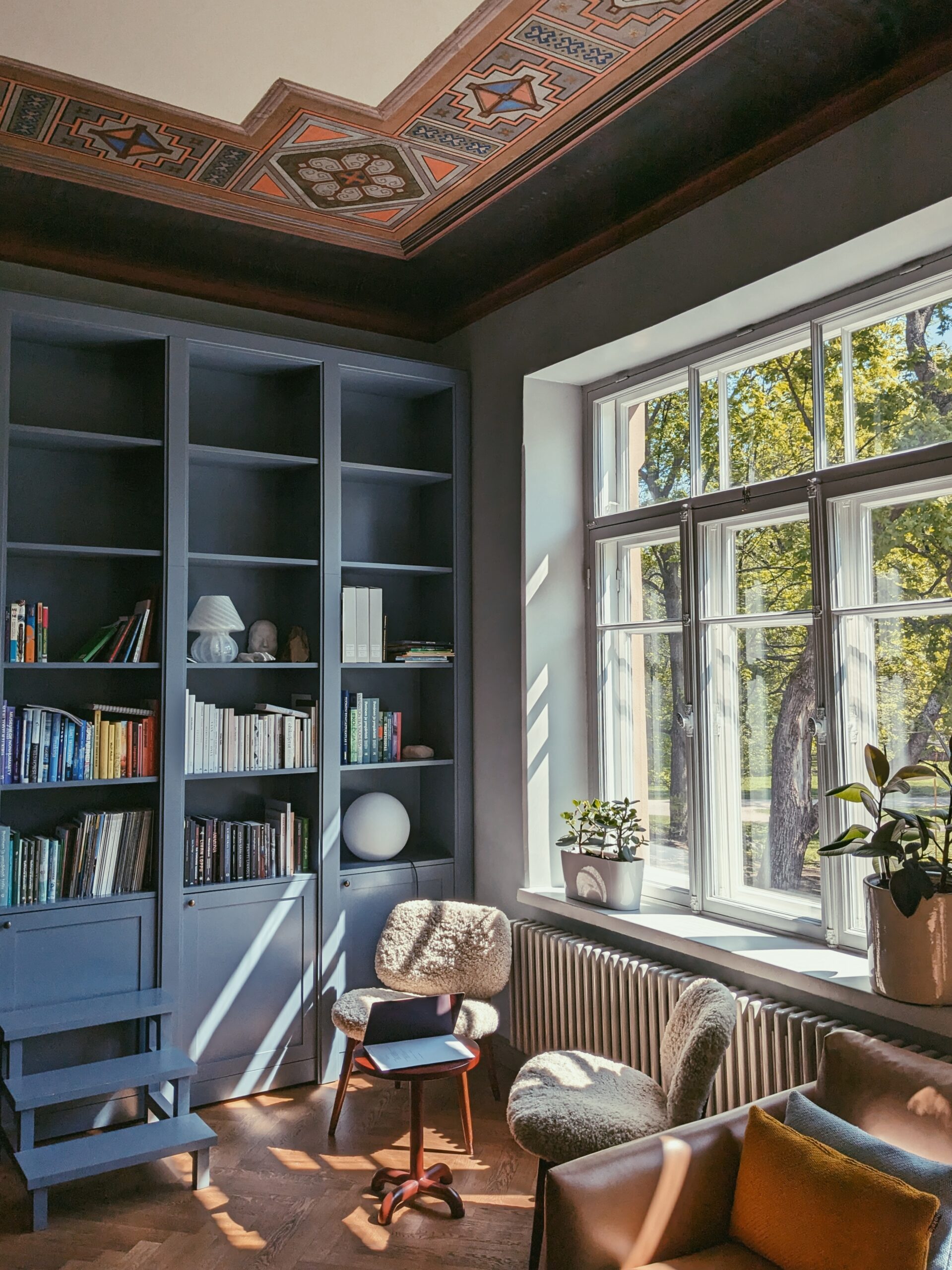
2023 Dulux Study Tour, day 2 – Helsinki: ’Sing like a choir’
Day 1, we situated ourselves in the city of Helsinki. We passed through various shades of grape, an unconscious obsession of the city, all the textures imaginable and 100 different